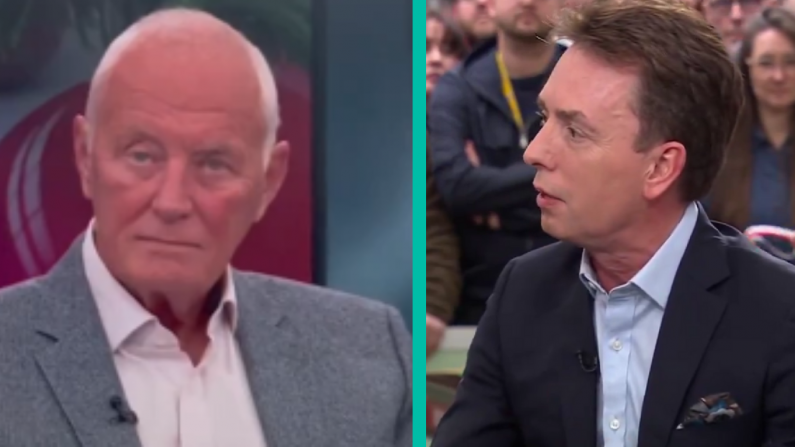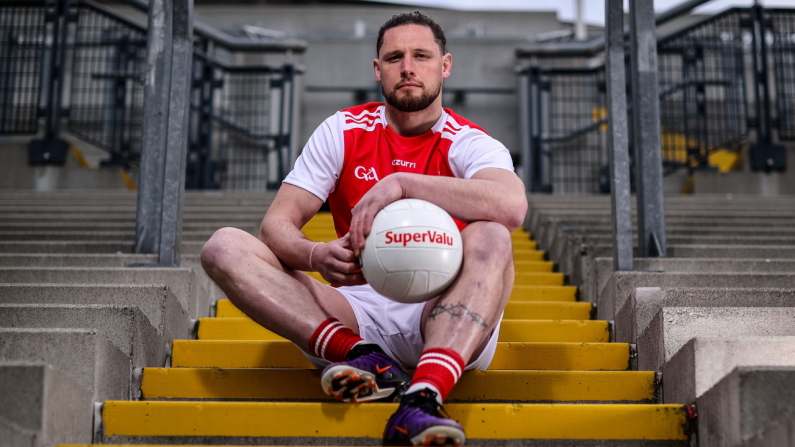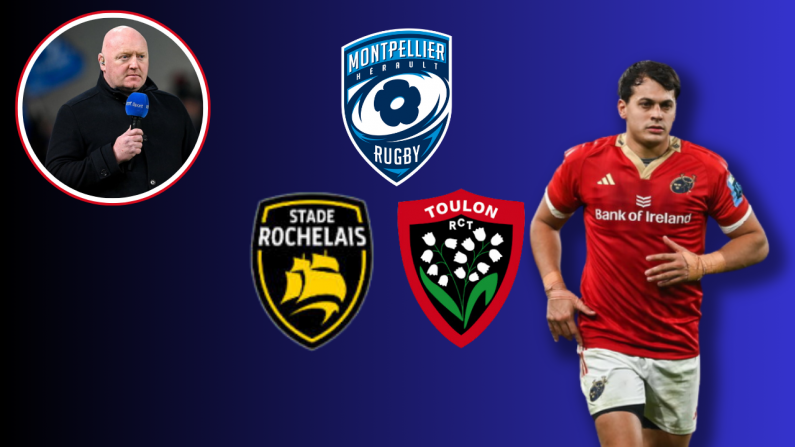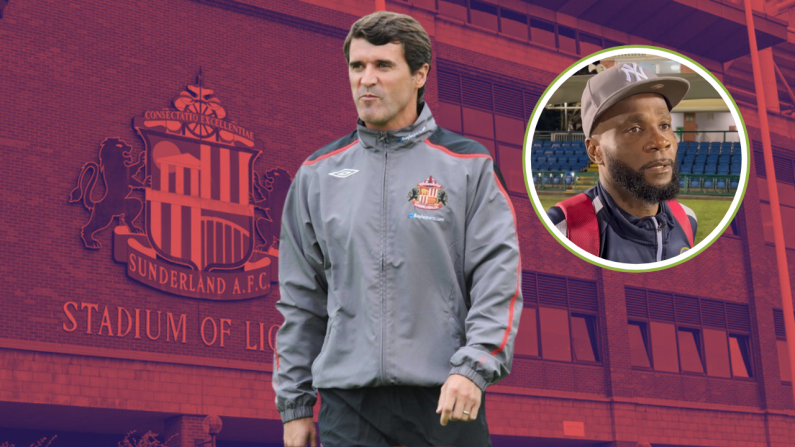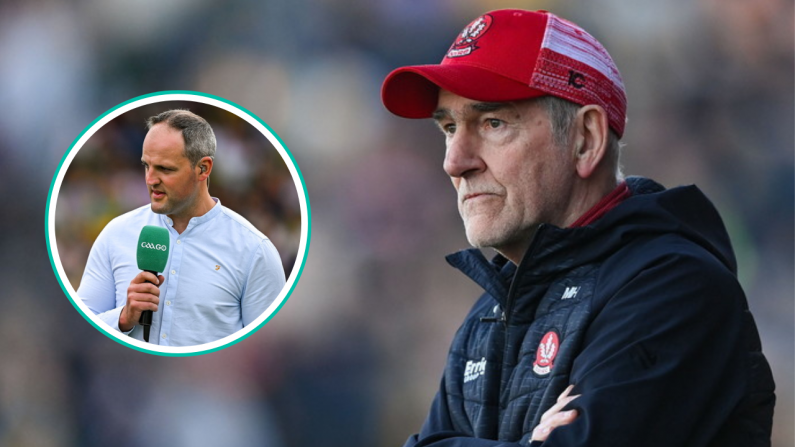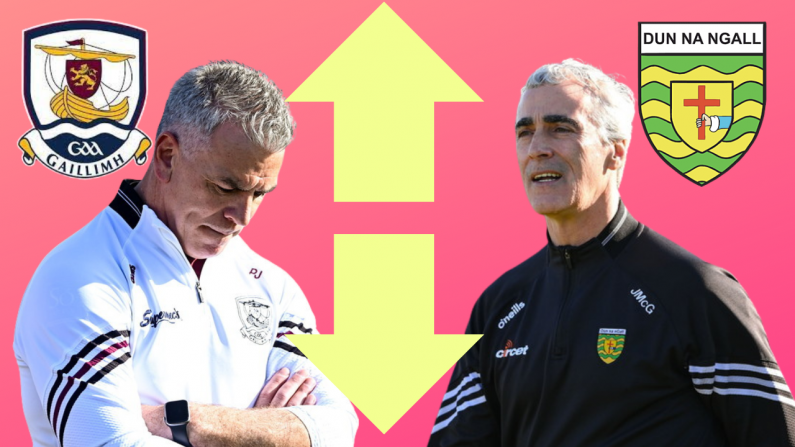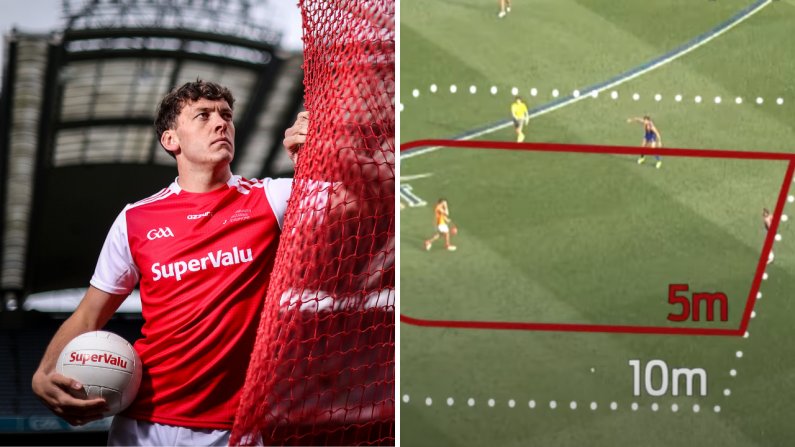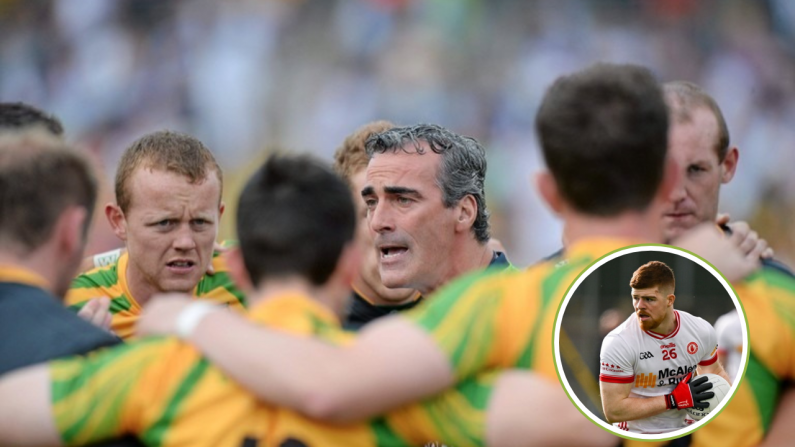The GAA Museum at Croke Park has launched a poignant commemorative events series to mark the centenary of Bloody Sunday, the darkest day in the history of the GAA and a pivotal day in the Irish War of Independence.
As the national custodian of the archives and artefacts of the Gaelic Athletic Association, the GAA Museum has unveiled a diverse and sensitively curated series of events entitled ‘Remembering Bloody Sunday’, 100 years on from the day 14 civilians were killed by the RIC and 60 more were injured during 90 seconds of gunfire during a football challenge match between Dublin and Tipperary at Croke Park.
The programme will include talks, tours, a new exhibition and a community programme running from August until November 2020.
The first event in the series, the annual GAA Museum Summer School, takes place this Friday 14 August.
The focal point for the centenary commemorations will be a new Remembering Bloody Sunday exhibition at the GAA Museum, opening in September, which will explore the tragic events of the fateful day and their impact on Irish history through artefacts, newspaper reports, official documents, photographs, and victim stories.
Part of this exhibition will include a specially commissioned Bloody Sunday centenary painting by artist David Sweeney, who is a former Dublin GAA senior hurling captain and the GAA’s eLearning Manager at Croke Park. The painting is titled ‘Transilience’, which means an abrupt change or leap from one state to another.
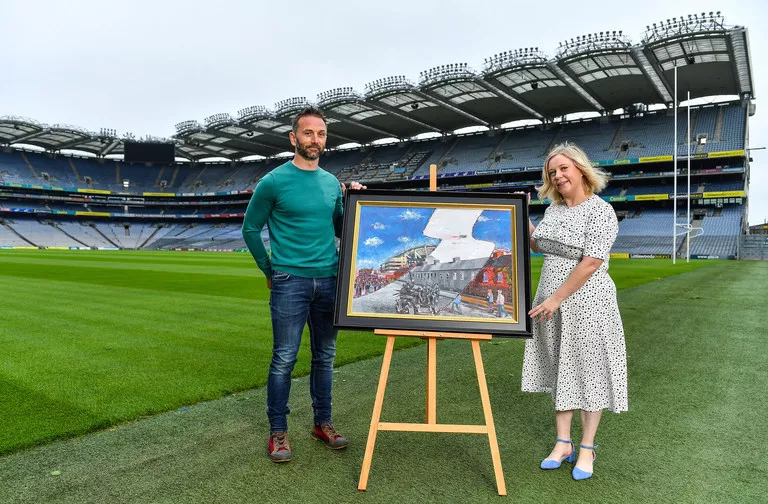
Artist David Sweeney shows his specially commissioned Bloody Sunday commemoration artwork to GAA Museum Education and Events Manager, Julianne McKeigue, a descendent of Tipperary footballer Michael Hogan who was killed during the Bloody Sunday attack. Photo by Brendan Moran/Sportsfile
The GAA Museum is also running special weekly commemorative Bloody Sunday guided tours of Croke Park starting 15 August, which will take visitors through the sequence of events on the fateful day and discuss the impact Bloody Sunday had on both the GAA and Ireland itself.
In addition, a weekly evening ‘Mondays at the Museum’ lecture series with leading historians will examine Bloody Sunday from every angle, bringing thought provoking discussion on a diverse range of topics. This runs on Mondays from 14 September.
A special edition of RTÉ Radio One’s Sunday Miscellany will also take place the GAA Museum on Saturday 14 November, focusing on Croke Park, the GAA and the events around Bloody Sunday.
The GAA Museum has also teamed up with History Ireland to host one of their Hedge Schools, titled ‘History, Memory & Bloody Sunday’. Taking place in the museum on November 18, it promises to be a lively and unfettered round-table discussion with historians and well-known personalities.
As part of the commemorations, community based creative writing project Fighting Words will run a series of workshops for local older residents that will involve having conversations to uncover a more personal history of the area and its people over the last 100 years. Participants will discuss general history and accounts of Bloody Sunday that may have been passed down through generations. The process will culminate in the creation of a book capturing the stories, co-written by those who take part.
Bloody Sunday was one of the most significant events in the Irish War of Independence, marking a decisive turning point in the military struggle between the British forces and the IRA.
On Sunday 21 November 1920, 16 British intelligence agents were shot dead and five were wounded in Dublin City by Michael Collins’ IRA squad. Later that evening thousands gathered at Croke Park to watch a great challenge match between rivals Dublin and Tipperary, when combined forces of RIC and British Military surrounded the grounds and opened fire on the crowd in retaliation.
Tipperary footballer Michael Hogan, along with 13 spectators, lost their lives, and more than 60 were injured. Later than evening, the killing of two high ranking Dublin IRA Officers, Dick McKee and Peadar Clancy, in Dublin Castle brought the tragic day to an end.
Photo by Brendan Moran/Sportsfile



